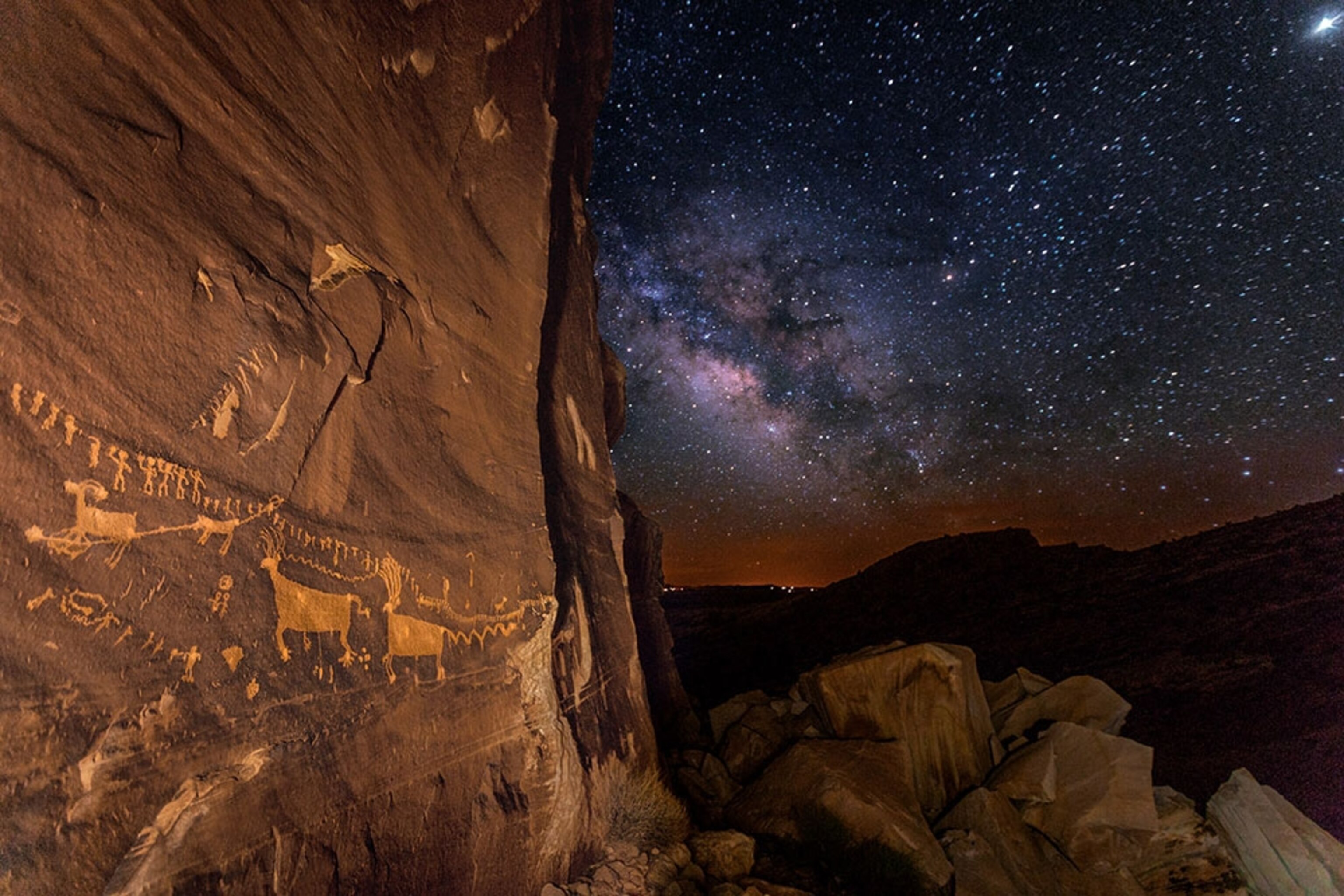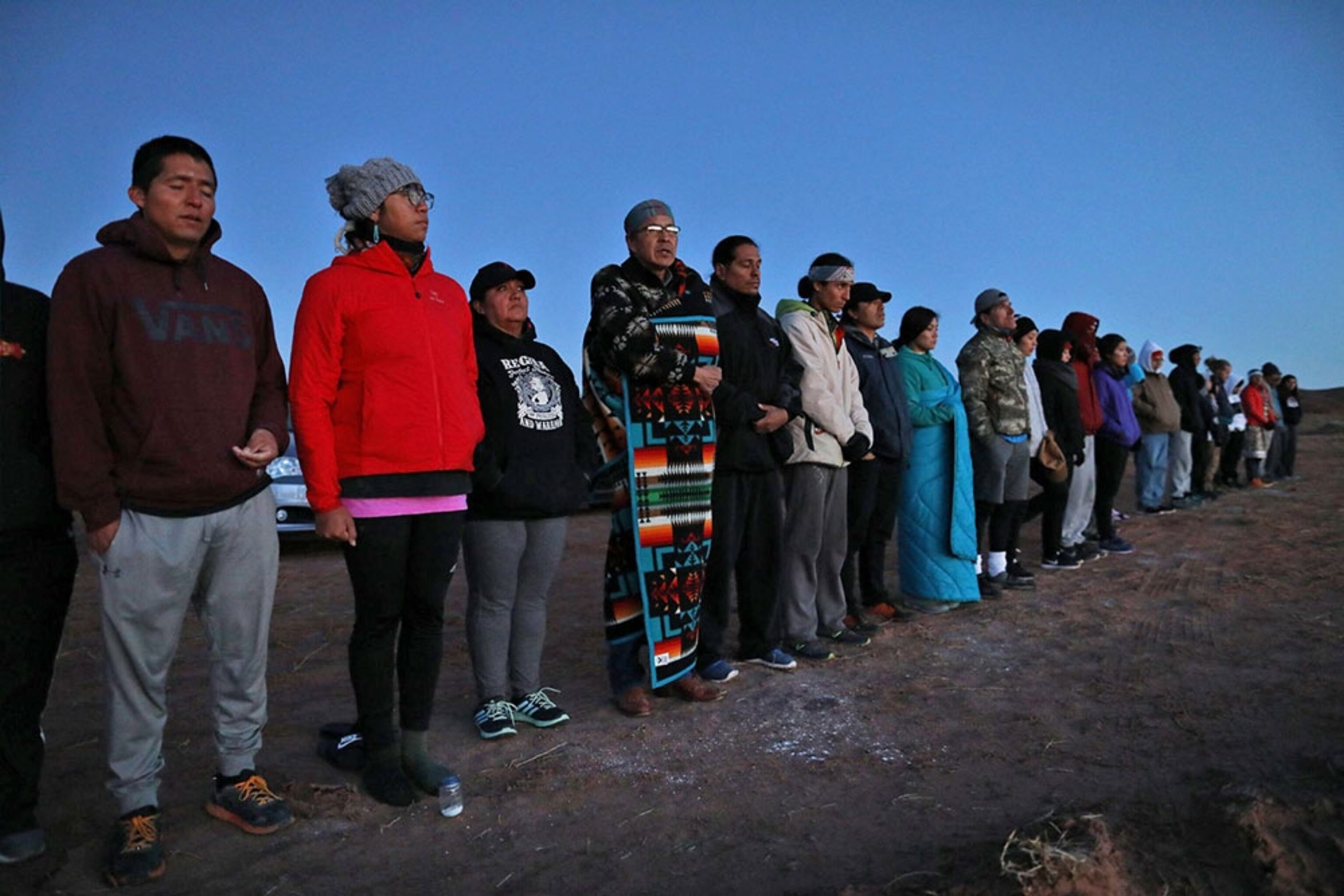
Real estate help locals to back new public lands
In today's newsletter, the case for thinning forests; planting street trees; solar gets cheaper; 5 eco-friendly ways to start the school year.
This article is an adaptation of our weekly Planet Possible newsletter that was originally sent out on August 3, 2021. Want this in your inbox? Sign up here.
By Laura Parker, Senior Reporter, ENVIRONMENT
Some years ago, I spent 10 days driving through Utah’s spectacular red rock country talking to locals about the state’s long feud with Washington over control of its public lands. President Bill Clinton’s creation of the Grand Staircase-Escalante National Monument in 1996, nearly 1.9 million acres in size, had so infuriated conservative officials that Clinton dared not set foot in the state. Instead, he announced this news from the rim of the Grand Canyon in Arizona 150 miles away. That staging was explained as one of convenience for the national media than the more remote Escalante canyons and plateaus.
I didn’t have much trouble getting to the town of Escalante that lies in the shadow of its namesake. When I visited, the mood had moved from opposition to support of protecting this geologic wonder. Why? In a word, tourism. The Staircase, as it has come to be called, brought in new businesses and millions in tourist dollars.
That insight from my trip may come into play in the coming weeks. Both the Grand Staircase and Bears Ears (pictured above), a 1.35 million-acre treasure trove of breathtaking geologic formations and Native American artifacts established in 2016, were reduced in size in 2017. Former President Donald Trump cut the Staircase by nearly half; Bears Ears by 85 percent. It was the largest boundary reduction of protected lands in American history; conservationists sued to overturn the reduction. (Pictured below, Navajo activist Kenneth Maryboy, in a blanket, leads members of Hopi, Zuni, Ute, and other tribes in a sunrise prayer.)
During his 2020 campaign, candidate Joe Biden vowed to restore both Utah monuments. Gov. Spencer Cox suggested Utah might challenge such a decision, and bringing back environmental protections is not easily achieved, as we explain in this story.
However, the county around Bears Ears, which once went to court to cut the size of the monument, now supports restoring Bears Ears. Notably, real estate in red rock country boomed during the pandemic as people working from “home” chose a base with exquisite scenery and room to roam. Will state officials still oppose restoring the monuments? The growing benefits of a thriving tourism industry may shift the balance, once again.
Related: What the Bears Ears monument means to a Native American
Watch: See 3D views of Bears Ears—Sacred Kiva
If you want to get this email each week, join us here and invite a friend.

TAKE SIX
- Evidence from Oregon supports thinning forests
- How to plant a street tree
- Solar Is dirt-cheap and about to get even more powerful
- How drinking bottled water impacts the environment
- CVS, Target, Walmart test alternatives to plastic bags
- In one day, enough ice melted in Greenland to cover Florida in two inches of water
OVERHEARD AT NAT GEO
Cooling cities, throwing shade: Trees provide much-needed shade for urban Americans on a hot day, but not everyone gets to enjoy it. New research illuminates how decades of U.S. housing policy created cities where prosperous, white neighborhoods are more likely to be lush, and low-income communities of color have little respite from the sun. Nat Geo writer Alejandra Borunda, building off her cover story in the July issue, explains on our latest podcast how activists are trying to make Los Angeles greener and healthier for everyone, and why the solution isn’t just to plant more trees. Hear the podcast. (Pictured above in the photo by Nat Geo Explorer Elliot Ross, people waiting on sunbaked concrete outside a bank in L.A.’s Boyle Heights neighborhood.)
Go deeper: Los Angeles confronts its shady divide
READ THE STORY
ONE MOMENT
The secret life of honeybees: Bees are so critical to life itself, and these fascinating photos of a bees in a hollowed-out truck in a German forest shed light on how they live. In this popular feature, writer and Nat Geo Explorer Jason Bittel explains how they cook invaders alive, stay warm or cool, and socialize. (Pictured above, with tubular tongues, western honeybees slurp up water to carry home.)
How to help honeybees: Provide a safe place for the bees—which pollinate an estimated one-third of the food we eat—by building a bee hotel.
IN A FEW WORDS
We already have the knowledge and technology we need to feed a larger population, provide energy for all, begin to reverse climate change, and prevent most extinctions.
Emma Marris, Environmental writer, From: Why we will succeed in saving the planet from climate change
FAST FORWARD
Back to school, already? Parents are spending more on back-to-school items this fall. How can shopping be done sustainably? All the cool kids are browsing thrift stores or clearance racks to keep clothing out of landfills, Nat Geo reports. Experts say that mindful shopping is the key to teaching kids about Earth-friendly consumption.
How to dress more sustainably
1. Look for clothes that last
2. Repair what you can
3. Buy better quality
4. Bargain shop
5. Try not to return items
Go deeper: Five eco-friendly ways to start the school year
We hope you liked today’s Planet Possible newsletter. This was edited and curated by Monica Williams and David Beard, and photographs were selected by Heather Kim. Have any suggestions for helping the planet or links to such stories? Let us know at david.beard@natgeo.com. Have a good week ahead!



